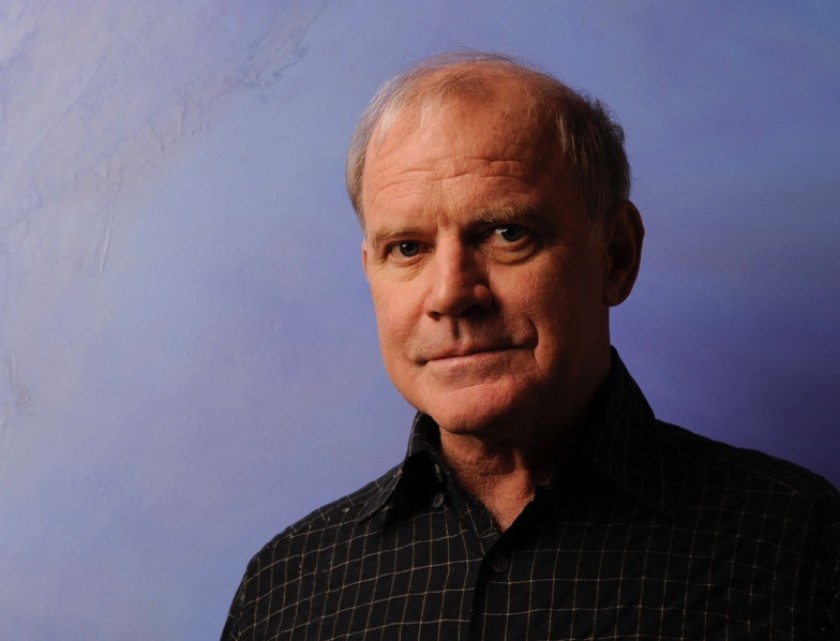Since the new coronavirus pandemic hit the world last year, the PCR test has become familiar to almost everybody. What is PCR technology, how did it start, and what are the challenges it faced at the beginning?
In the 1980s, American biochemist Kary Mullis came up with the idea of extracting DNA from cells and multiplying it millions of times. The aim was to facilitate the study of DNA and to allow possible research applications and screening for diseases. DNA can be extracted from human, animal, virus, or plant cells.

Source.
Two renowned scientific journals refused to publish Mullis' research paper, as his idea did not convince the reviewers. Nevertheless, later on, the technology succeeded and Mullis received a 10.000 US dollars reward from the biotechnology company where he worked. One year later, however, the company sold his technology for 30 million US dollars, of which he received nothing. In 1993, Kary Mullis received the Nobel Prize together with Micheal Smith for his technology named Polymerase Chain Reaction (PCR).
In the beginning, PCR technology faced a major obstacle. In order for the DNA to multiply using PCR technology, it requires an enzyme to imitate the natural process that takes place in the bodies of living things. The obstacle was that enzymes, like any other protein, are denatured when exposed to high temperatures, and thus, damaged. The temperature involved in PCR technology reaches 80 C°, which is too high to maintain life or keep proteins and enzymes from denaturing.
The answer was found in Yellowstone National Park, Montana, USA, where a type of bacteria that inhabits hot water without its enzymes being affected was detected and isolated. The Taq polymerase enzyme, extracted from the Thermus aquaticus bacteria was well-suited for the PCR application because it could withstand the temperature.
.jpg)
Creator: Domenico Salvagnin
Copyright: Creative Commons Attribution 2.5
Going back to the application of PCR in coronavirus testing and diagnosis, it is considered the most accurate tool. It identifies the virus DNA by taking a swab from the nose or throat. If the test was done immediately where the swab is taken, the result can appear shortly; however, if the swab is sent to another lab, it might take a few days. PCR tests are very accurate, if efficiently done.
Kary Mullis, the developer of the PCR technology, passed away on 7 August 2019. Scientific journals that once rejected his research work decades ago put his photo on their covers, to celebrate his great contribution to humanity. The technology he developed is still being used for different purposes, including screening for diseases, identifying types of bacteria, establishing paternity, and in the field of forensic pathology.
References
mayoclinic.org
nature.com
ncbi.nlm.nih.gov (1)
ncbi.nlm.nih.gov (2)